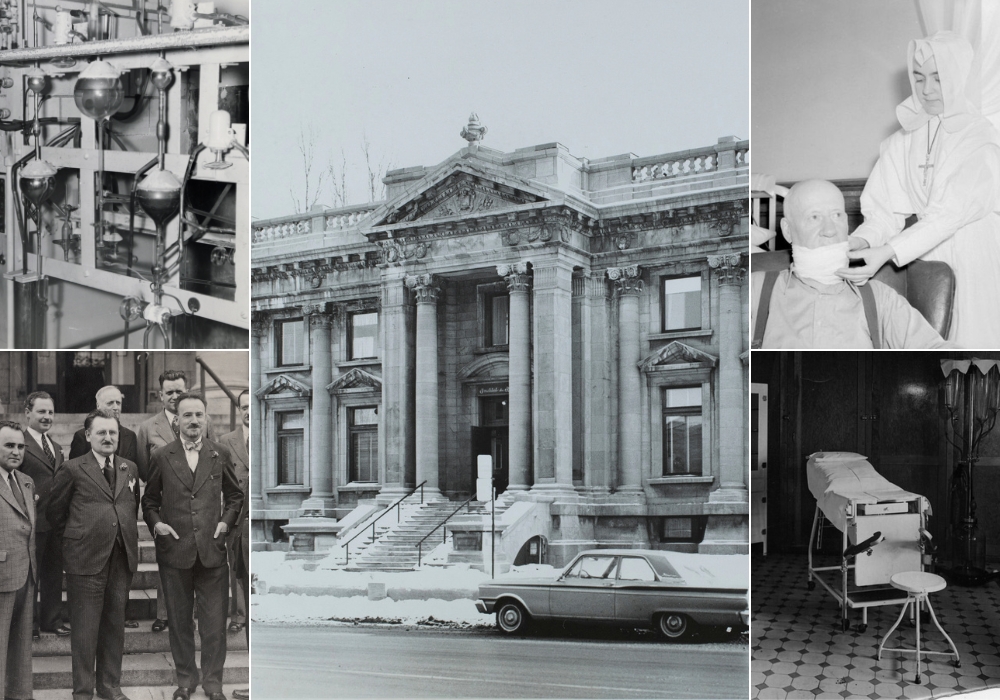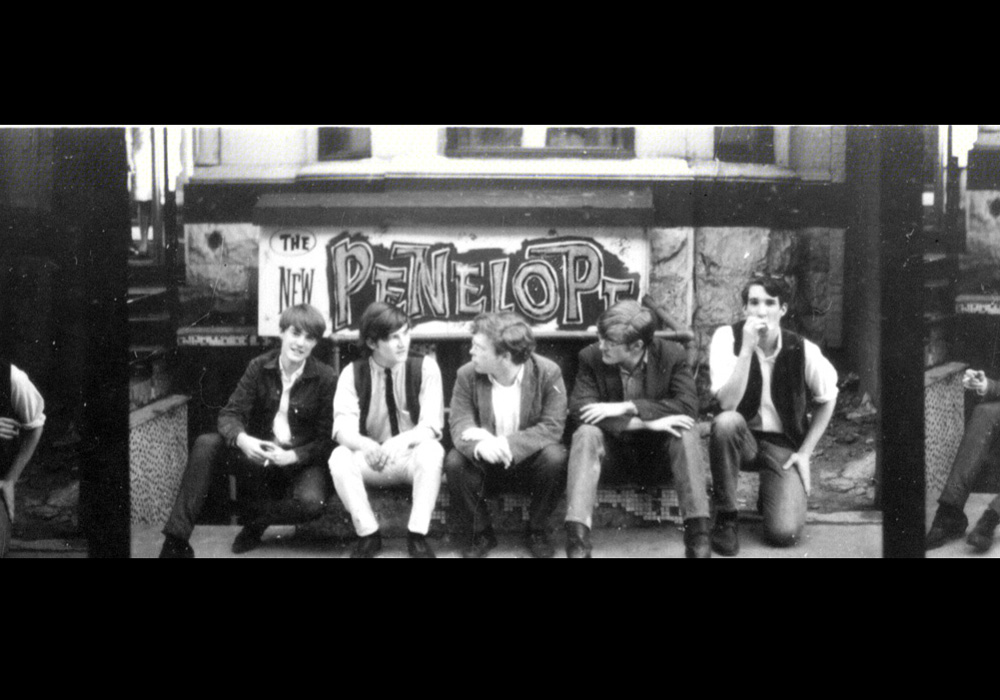Long ago, when the landscape of the South Okanagan in British Columbia was dry and somewhat foreboding, the Osoyoos First Nation developed a yearly round of hunting and gathering on the land that remained their way of life for thousands of years. The Osoyoos found a rich harvest of food within the riparian areas along the river, in the mountains and even in the sparse desert-like scrub in the antelope brush and sage brush steppe grasslands once prevalent in this part of the Okanagan Valley.
During a minor gold rush in the area in the late 1800s, settlers found that the thirsty ground was rich enough for growing orchard and vine crops. Some of the original trees from this era still exist. The distribution of water, however, was insufficient to take advantage of the rich glacial soil. Several attempts at irrigation were made with small, locally developed projects, but the sheer force of spring runoff and intermittent washouts from heavy rain undermined success.
The area remained largely undeveloped until the deep recession following World War I. With most of the province facing 20 per cent unemployment, returning veterans encountered poor prospects for work, but the Liberal government of the day under John Oliver devised a plan for veterans to acquire irrigated land at a reasonable price. If people could not find employment, at least they could grow food for their families. The South Okanagan Lands Project, also known as the ‘Ditch’ or the John Oliver Project, was born.
Over the years, this project has proved to be an essential cog in the overall development and sustainability of the South Okanagan. Nevertheless, there continue to be pressures on the community’s supply of water. This Community Memories exhibit offers a historical overview of the ‘Ditch’, where strains on the water supply exist today, and what is being done to conserve this precious resource for the future.


